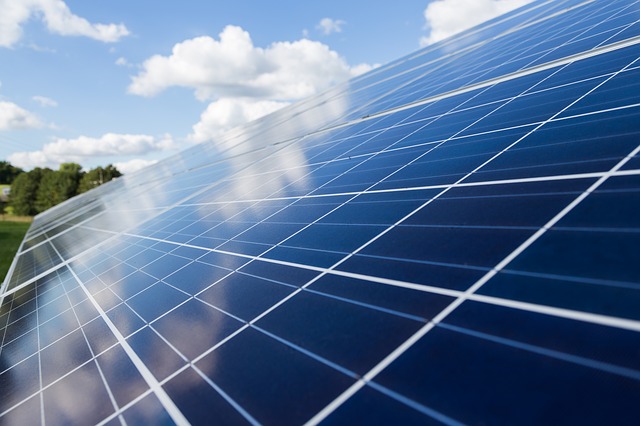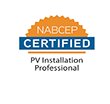Microinverters are becoming more popular due to advancements in technology. They are expected to replace centralized string inverters for some properties. Rooftops that are oriented in multiple directions or well-shaded are best served by microinverters. The best part is that if a malfunction does occur, it’s limited to just one panel instead of the entire system.
Let’s learn more about the basics of microinverters and why the extra cost may be worth it for your safety and convenience.
What are Inverters Designed to Do?
Every solar system needs an inverter. Inverters are responsible for converting electricity produced by your system. Solar panels generate direct current (DC) energy, and inverters convert this into alternating current (AC) energy that can be used by your home. There are two types of inverters: string inverters and microinverters.
String inverters are most popular because they are easy to install and less expensive. These inverters convert electricity from a string of panels, hence their name. Microinverters convert electricity from a single panel. Though more expensive, they are more reliable, easier to fix, and can operate with less power.
Can All Homes Benefit from Microinverters?
Microinverters are not necessary for all rooftops. If you have a rooftop that is ideal for solar – not wood or slate, south facing, in good condition – then a string inverter will probably be adequate. If your roof is shaded or facing multiple directions, a microinverter may be worth it.
Here are a few more ways that a microinverter can benefit your home.
● More reliable
● Longer warranty
● Produces more power
● Good for complicated rooftops
● Able to monitor individual panel performance
● More efficient converting DC power to AC power
● Easier to fix (though problems are usually harder to diagnose)
● Eliminates the need for large transformers
How Do Microinverters Improve Safety?
Understandably, people are concerned about the electrical safety of solar panel systems, as high-voltage DC wiring runs across the rooftops. Microinverters make things safer for both installers and solar system owners.
According to this article in Solar Power World, if an AC circuit shuts down for any reason, each microinverter unit does as well. This shutdown happens in just 100 milliseconds, which is 100 times faster than the recommended shutdown time of 10 seconds.
The same article points out that microinverters have no energized DC conductors more than 5 feet in length within a building, or more than 10 feet from the array. Finally, low-voltage lines are tucked beneath solar modules, eliminating the risk of electrical shock when performing roof maintenance.
Even with all the benefits to microinverters, they aren’t for everyone. To determine which type of inverter you can benefit from most, call AllSeason Solar today.












